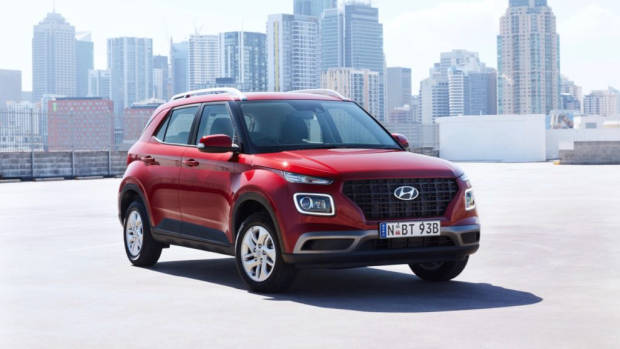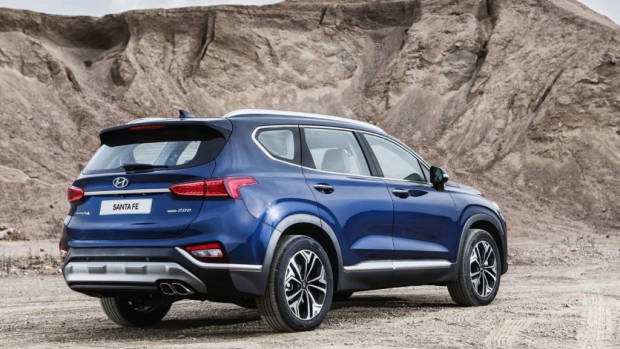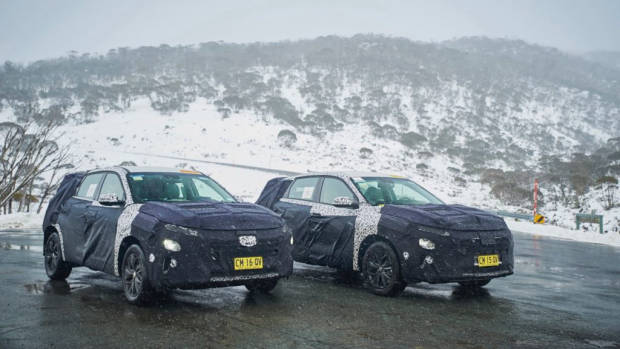-
Car Reviews
- All reviews
- Midsize SUVs
- Small cars
- Utes
- Small SUVs
- Large SUVs
- Large cars
- Sports SUVs
- Sports cars
- Vans
Latest reviews
- Car News
-
Car Comparisons
Latest comparisons
- Chasing Deals
Hyundai Australia chief operating officer John Kett has indicated that the South Korean brand will continue leaning into its developing specialisations in handling tuning, safety technology and electrification in the post-COVID car market. While aiming to maintain fleet sales of more affordable variants, Hyundai will more aggressively target private buyers with an aim of shifting the share of non-fleet customers upwards from their pre-pandemic levels of about 50 per cent.
The move is part of a push to help the Hyundai network – head office, dealers and suppliers alike – recover from the coronavirus-driven shock to the Australian new car market that saw sales tumble in April. Manufacturers with a heavier bias of fleet sales were left especially exposed: Hyundai sales dropped by 65 per cent on the previous year, compared to an industry-wide fall of nearly 50 per cent. By May, the market had stemmed the fall to 35 per cent, while Hyundai figures were 49 per cent adrift of their 2019 result.
While Mr Kett noted that a substantial recovery was likely in June due to an aggressive programme of buying incentives across the Hyundai brand, the feeling is that the COVID-19 pandemic has exposed undesirable structural weaknesses for Hyundai in Australia, with an over-reliance on sales of less profitable lower-specification variants despite the Korean brand’s huge investment in recent times into high-technology products.
Mr Kett flagged a number of ‘shifts’ that Hyundai would be targeting in the post-pandemic space. Chief among these is a desire to enrich the proportion of high-specification variants sold on Hyundai vehicles. Before COVID-19, Mr Kett says that the lower Hyundai trims – commonly called Go, Active and Active X – contributed about 75 per cent of sales, while more profitable and highly-specified trims, usually called Elite and Highlander, were contributing just 15 per cent.
That’s a substantially different position to rival manufacturers Mazda and Volkswagen, who largely eschew large fleet sales in favour of pursuing mainly private buyers, who tend to see the emotional value in opting for leather-lined, higher-technology grades. Mr Kett says that during COVID-19 – when heavy fleets like rental car companies have effectively stopped buying – the share of these high-specification variants have jumped to almost thirty per cent.
“Some of this is impacted a little bit by the discount and heavy fleet channels not doing business, but it’s an incredible performance,” Mr Kett said. “The next evolution will be lifting our trim mix going forward. Along with the shift to SUVs and the shift to private, there will be a shift to a higher trim mix marginally.”
The impetus for this desire is to jointly lift profitability for the network as a whole, while also seeking to lock in greater brand loyalty in future. “We’re marginally driving an improved loyalty opportunity and collective gross [profit] with a meaningful understanding of what it will do to the network, and not just profit and loss … for [head office]”, said Mr Kett.
“We’re not walking away from existing customers, but evolving with the customer base is incredibly important. We’re not moving away from [private] consumers, as they have already moved away. We want to make sure we anchor [the Hyundai brand] where the demand is. We need to anchor around one truth: for us, that is product.”
Mr Kett says that Hyundai Australia will market the brand’s growing strengths in the areas of technology, green motoring and handling expertise – factors Kett says are “starting to resonate with consumers now”. Hyundai now offer the broadest range of electrified vehicles in Australia, with series-parallel hybrid, plug-in hybrid, full battery electric and hydrogen fuel cell electric offerings now available.
There is also a growing confidence at Hyundai with regard to performance. Substantially increased effort has been put into vehicle dynamics in the last decade, globally and in Australia. The launch of the ‘N’ performance sub-brand, with public recognition of vehicle tuning being completed at Germany’s Nurburgring circuit, and the continuation of the Australia-specific tuning programmes in Sydney that alter most Hyundai vehicles for local road conditions add substance to this view.
Communication of the three pillars, as Mr Kett labels them, will be combined with a thorough refresh of Hyundai’s lineup. Codenamed ‘18-in-18’ – for the eighteen model launches that will occur in the next eighteen months – nearly every vehicle in the Hyundai range will be given attention as the Australian economy recovers from the impact of the COVID-19 pandemic.
Much of the attention will be focussed on new and updated SUVs, with Mr Kett noting that the march of private buyers from traditional passenger cars to crossovers continues. Hyundai will launch the Palisade, a new large SUV with up to eight seats, before the end of the year, while also updating the smaller three-row Santa Fe. In the first half of 2021, an all-new Tucson will be launched, while the Kona small SUV will receive its mid-life facelift.
“The industry already had structural challenges, way before COVID-19 hit,” said Mr Kett. “I’m incredibly pleased that Hyundai [globally and in Australia] have continually doubled-down on the evolution of this product.”
Latest news
About Chasing cars
Chasing Cars reviews are 100% independent.
Because we are powered by Budget Direct Insurance, we don’t receive advertising or sales revenue from car manufacturers.
We’re truly independent – giving you Australia’s best car reviews.


